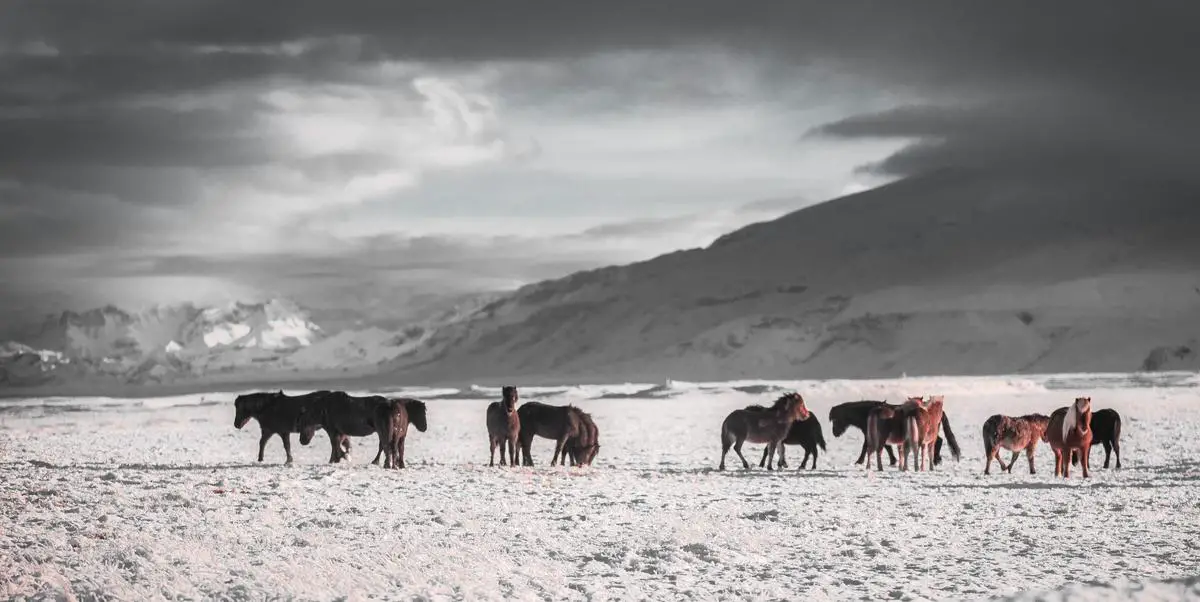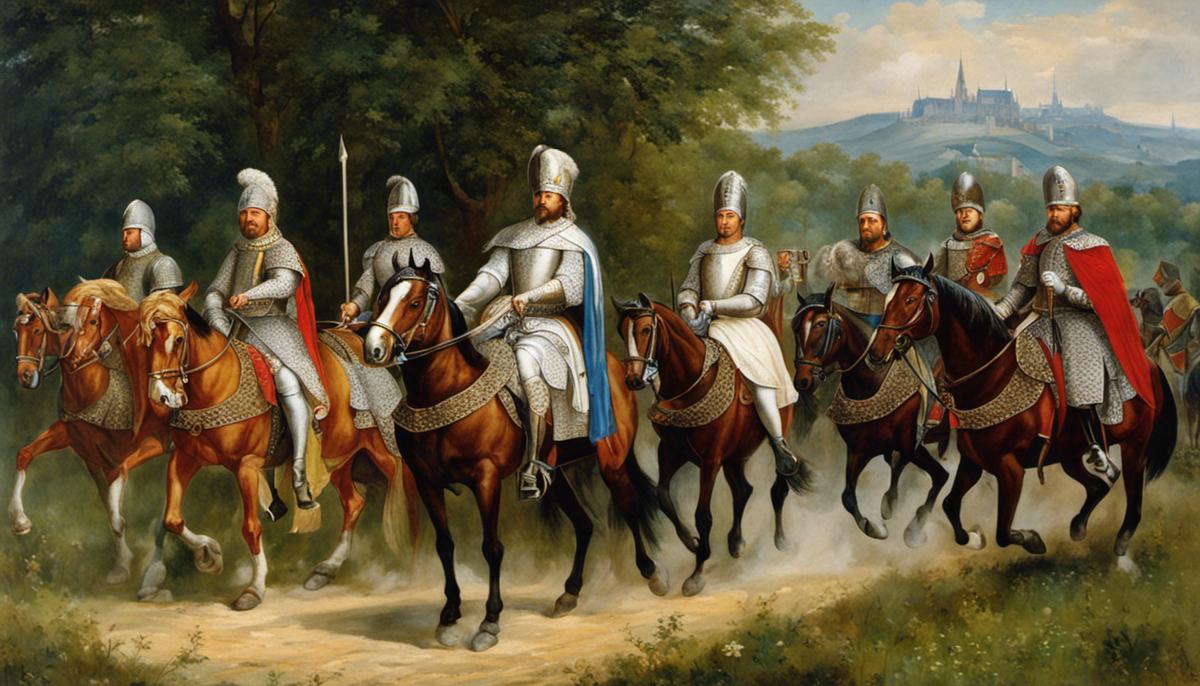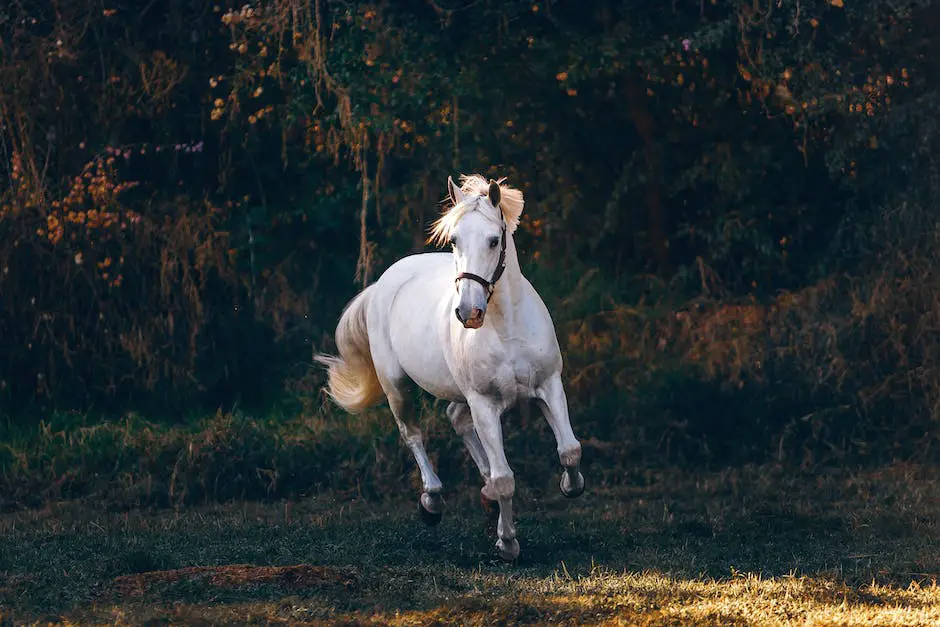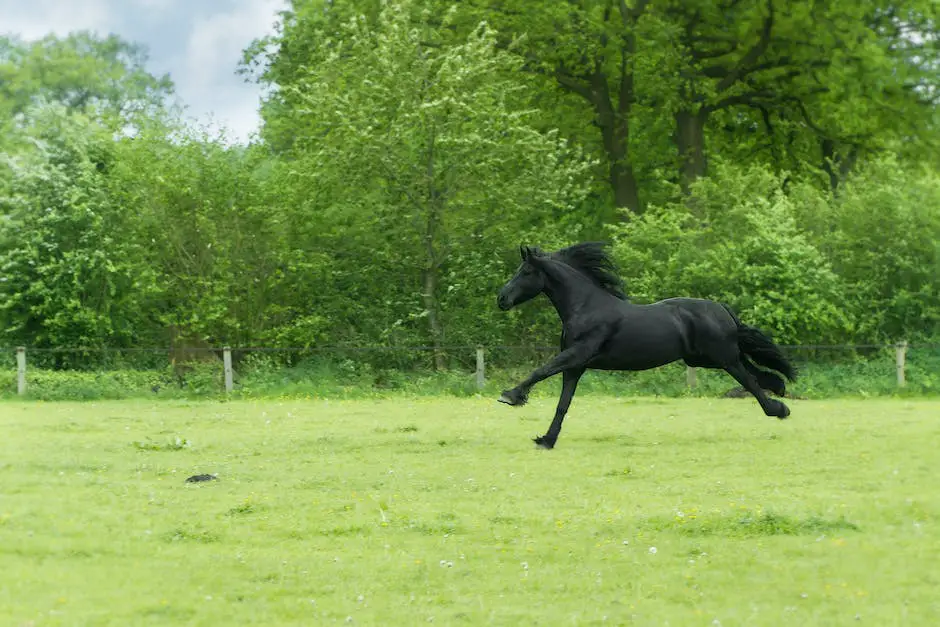The Hungarian people and horses have shared a rich and intertwined history since time immemorial. The influence of these resilient animals is intricately woven into the fabric of Hungarian culture, society and survival. Starting from the ancients, where horses served as vital companions in hunting, warfare and even spiritual traditions, their role has evolved to adapt to changing times. As the pages turn to the medieval era, horses transformed into powerful symbols of nobility, wealth and status, shaping Hungary’s chronicles of battles and prosperity. In the present day, their purpose has diversified further, embracing agriculture, sports, tourism, and even conservation efforts. Delve into the fascinating journey of Hungarian horses, as we track their past, assess their present and contemplate their future.
Table of Contents (Horspedia)
The Ancients: Horses in Early Hungary
The Indispensable Role of Horses in Early Hungarian Life
Horses have played an integral role in the lives of Hungarians since ancient times. As a nomadic tribe, the Magyars utilized horses for a multitude of purposes including farming, hunting, transportation, warfare and even cultural and spiritual ceremonies.
In terms of hunting and warfare, horses were indispensable for the ancient Hungarians. Skilled equestrianism was a key factor in the successful conquests of the Magyars, who were known for their ability to move swiftly and launch swift, surprise attacks. Archaeological evidence from early Hungarian settlements has revealed a large number of horse-related artifacts including harnesses, stirrups, and even the remains of horses themselves, testifying to their importance.
Horses in Hungarian Cultural and Spiritual Practices
Beyond their practical role, horses also held a significant place in Hungarian spiritual and cultural practices. They were considered holy animals and symbols of power and prestige. Horse worship was a common element in ancient Hungarian life with sacrificial rituals performed to appease the gods and guarantee good fortune in battle. Meanwhile, many folk tales and legends revolve around horses, further emphasizing their cultural significance.
These cultural beliefs extended to the treatment of horses. For instance, the Magyars believed that a horse’s spirit could carry a rider’s soul to the afterlife, symbolizing the close bond between the creatures and their masters.
Archeological and Folklore Evidence of Horse Importance
Archaeology and folklore provide a rich context to understand the historical significance of horses in Hungary. Hungarian folklore, particularly, is rife with tales of mythical horses like the Táltos horse, which was believed to have the power to reach the Otherworld and communicate with the divine.
Moreover, excavations of ancient Hungarian graves have shown the prominence of horse imagery and artifacts. In some burial sites, entire chariots pulled by horses were found, reinforcing the belief that horses had a spiritual role in carrying the dead to the afterlife. Notably, in the archaeological excavation at Szeged-Nagyszéksós, seven nearly complete horse skeletons were found next to the human graves, signifying their considerable value in society.
Hungarian Horse History: Changing Roles over the Centuries
Throughout the ages, the role of horses in Hungarian society evolved in response to changing societal structures and technological advances. The feudal system and the dawn of industrialization diminished the reliance on horses for practical purposes like farming and transportation. However, the cultural respect and adoration for these majestic creatures have remained steadfast in Hungary. This enduring love is very much alive today, as evidenced by traditional Hungarian horsemanship styles like ‘Huszár’ and ‘Puszta’. These equestrian performances showcase complicated horse maneuvers and commendable riding acumen.
Despite the transformation in their practical roles, horses retained their critical place in the spiritual and cultural fabric of the Hungarian people. The bond between Hungarians and horses, formed in ancient times, continues to resonate in Hungary’s modern society, ensuring their importance is not merely remembered, but vibrantly celebrated.

Photo by martinjernberg on Unsplash
Medieval Times: Horses and Hungarian Nobility
Symbol of Wealth and Strength: Horses in Hungarian Nobility of the Middle Ages
In Hungary’s Middle Ages, horses assumed an eminent position within the noble classes. Much more than a leisure activity or sport, horse riding held significance in warfare and transportation, a pillar of the era’s economic and societal structure. The knights heavily relied on horses, who were their trusted companions on the battlefield. In fact, the possession of high-grade horses served as a testament to the noble’s economic stability and military might. The status of horses during this period puts into perspective their enduring importance to the Hungarian people, an intimacy that transcends time and continues today.
Function of Horses in Battle
There is evidence to suggest that horses were bred specifically for battle as early as the ninth century. Hungarian light cavalry, known as the “Huszars,” utilized horses for their mobility in warfare, allowing for swift attacks on enemy lines. The “Huszars” are thought to have developed a unique style of riding that lent itself to lightning-fast reconnaissance, hit-and-run tactics, and charging at the enemy, all while minimizing the risk to the horse and rider. Horses used in battle had to be strong, agile, and able to endure the stress and noises of warfare.
Horses as a Means of Transportation
Horses were prominent in the day-to-day life of Hungarian nobility throughout the Middle Ages, as they often served as the primary means of transportation. Horses carried riders and goods across both short and long distances, from rural to urban areas and vice versa. Moreover, they provided a quicker means of travel for noble families, enabling them to cover considerable stretches of land, whether for meetings, feasts, marriages or other official activities.
Horses as Symbols of Wealth and Status
Owning horses was also a sign of wealth and status in society. Varying breeds were identified with differing classes of society, with high-quality breeds equated with the upper classes. Additionally, these animals were crucial in demonstrating power, both in battle strength and in wealth. The number of horses owned by a nobleman was an indicator of his wealth and prestige, and the alföldi horse, one of Hungary’s native breeds, was a particularly sought-after breed due to its agility, endurance, and adaptability.
The Evolution of Hungarian Horse Breeds
Horse breeds in Hungary started developing distinct characteristics from the Middle Ages, with notable breeds like the Hungarian Warmblood gaining prominence. This breed, a result of selective cross-breeding between indigenous Hungarian horses and superior Western European horses, played a significant role in agriculture and transportation, being primarily used as carriage horses. Ever adaptable, the Warmblood morphed into a multipurpose horse breed suited for both sport and recreation. With exceptional speed, endurance, and resilience, the Hungarian Warmblood stood as a testament to the rich, versatile history of Hungarian horses, both within and beyond the country’s borders.

Modern Horse Breeds and Uses in Hungary
The Puszta Horse: Born of the Great Hungarian Plain
Another pillar of Hungary’s equine history is the Puszta Horse. Also known as the Hungarian Horse, its roots can be traced back to the 9th century. The term Puszta is derived from the Hungarian name for plains, which reflects its origin from the expansive Great Hungarian Plain. These horses are celebrated for their durability, robust build, and their ability to withstand harsh weather—attributes honed over hundreds of years on the plains of Hungary. Traditionally the Puszta Horse fulfilled key roles in agriculture due to its muscularity and endurance. However, in recent years its presence has extended to horse shows and recreational riding, illustrating the continued relevance and versatility of Hungary’s native horse breeds.
The Nonius Breed: The Pride of the Hungarian Horse Breeding
Named after its founder, a French stallion named Nonius Senior, the Nonius breed has been a centerpiece in Hungarian equine history since the 19th century. These horses are characterized by their large heads, deep chests, and sturdy bodies, making them ideal for heavy-duty farm work. However, the Nonius breed nearly faced extinction after World War II when many were taken out of Hungary. Efforts by breed enthusiasts and breeding programs have since saved the breed, which is now revered as a symbol of Hungary’s horse breeding tradition.
Shagya Arabian: A blend of Agility and Endurance
Arising from a blend of Arabian and Hungarian stock in the early 19th century, the Shagya Arabian breed combines the endurance and agility of Arabians with the strength and versatility of local breeds. This breed is prevalent in equestrian sports such as dressage, eventing, and endurance riding. Recently, the breed’s outstanding jumping ability has been recognized, and Shagya Arabians are gradually making their mark in show-jumping competitions.
Utilization of Hungarian Horses
Historically, Hungarian horses have played essential roles in agriculture, military, and transportation purposes in the Hungarian community. The Puszta and Nonius, being sturdy and resilient, have been used for ploughing, hauling, and riding. On the other hand, the agile Shagya Arabian has been utilized in sport and leisure riding, given their excellent abilities in dressage and jumping. In modern times, these horses are also becoming popular in tourism, where they attract visitors with their unique history, distinctive appearance, and remarkable performances in horse shows.
Contemporary Practices in Hungarian Horse Breeding and Ownership
Today’s Hungarian horse breeders are dedicated to upholding the unique traits of the native horse breeds while also enhancing their physical prowess and stamina. This delicate equilibrium is realized through careful selective breeding programs, whereby only the fittest horses showcasing the most desirable attributes are considered for reproduction.
The commitment to protect and promote the nation’s horse breeds has not escaped the attention of the Hungarian government, which has shown support by offering attractive incentives to breeders and horse owners. Measures have been taken to make horse ownership more affordable, including subsidies allocated especially for farmers and those involved in the popular sport of harness racing. With the rising popularity of equestrian sports and horse tourism, the dynamic Hungarian horse scene has seen an increase in public interest and engagement in horse breeding and ownership.

Conservation Efforts and the Future of Hungarian Horses
The Threat of Declining Numbers and Habitat Loss
Historically, Hungarian horses were found in abundance, freely roaming the various grasslands and forests found throughout the country. Sadly, increased urbanization and deforestation have resulted in a dramatic shrinkage of these natural habitats over time. This loss of environment, so intrinsic to their existence, has been a dominant factor in the reduced population of Hungarian horse breeds.
Changes in the modern way of life have further exaggerated this issue, with Hungarian agriculture shifting away from relying on horse power, echoing a trend seen globally. This decrease in utility has, in turn, lowered the demand for horses, posing an increased risk of extinction for these breeds as fewer incentives exist for their costly upkeep.
Conservation Efforts
The significant decline in their numbers has driven the establishment of numerous organizations and initiatives aimed at preserving the many face significant health risks. One prominent example is the Nonius Project’s foundation, dedicated particularly to conserving the ancient Nonius breed.
The Hungarian Horse Association (MLOT) plays a superior role in horse breed promotion and preservation in Hungary. It provides pedigree verification, organizes shows, offers breeding advice, and hosts competitions. Notably, it has played a leading role in showcasing the Kisber Felver, a Hungarian warm-blood horse.
Horses in Modern Hungarian Life
Despite the challenges, horses continue to hold a vital place in contemporary Hungarian society. Hungary boasts a rich ‘Horse Culture’—one where horses are incorporated into daily life beyond just farming and traditional horse-riding, into facets like therapy and eco-tourism.
Therapeutic riding programs have gained considerable attention, given the benefits attributed to equine therapy. For individuals coping with emotional and physical disorders, these programs provide numerous benefits. In fact, some health institutions even collaborate with equestrian centers to introduce such therapy into their treatment regimes.
Eco-tourism involving horses has gained traction as a delightful way to explore the beautiful Hungarian landscapes. Tourists can book horseback riding tours through preserved nature trails. This, contrastingly, has provided new life and economic value to the horse industry, consequently encouraging their preservation.
Overall, Hungary’s current challenges offer an opportunity to evaluate and redefine the role of horses in contemporary society while also preserving their cultural and historical significance.

The ongoing relationship between the Hungarian people and their horses is a testament to the pivotal role they continue to play in society. Today, even as challenges such as population decline and habitat loss loom over them, there’s a renewed emphasis on conservation. Horse species preservation groups are unrelenting in their mission to protect these magnificent animals. Simultaneously, they are being integrated into modern Hungarian life via therapeutic riding programs and eco-tourism. As they gallop into the future, their time-honored bond with the Hungarians remains unwavering. They have shaped Hungarian society in profound ways, and continue to do so, illuminating a path for the memory of their past to reverberate into the future.
